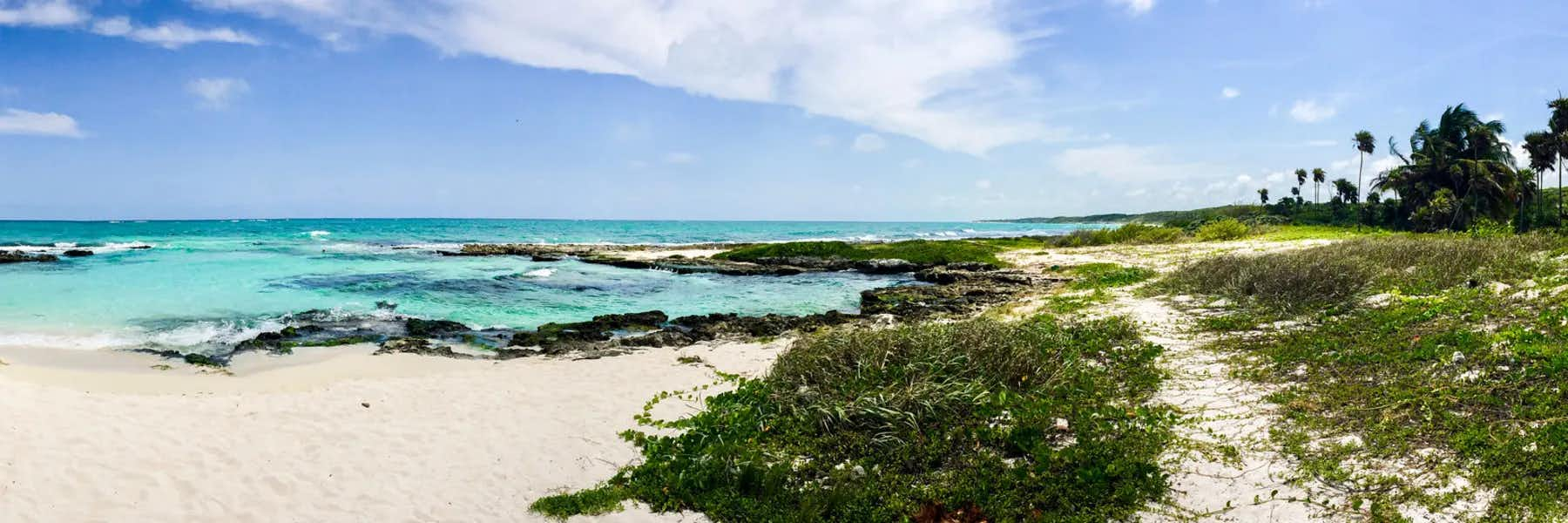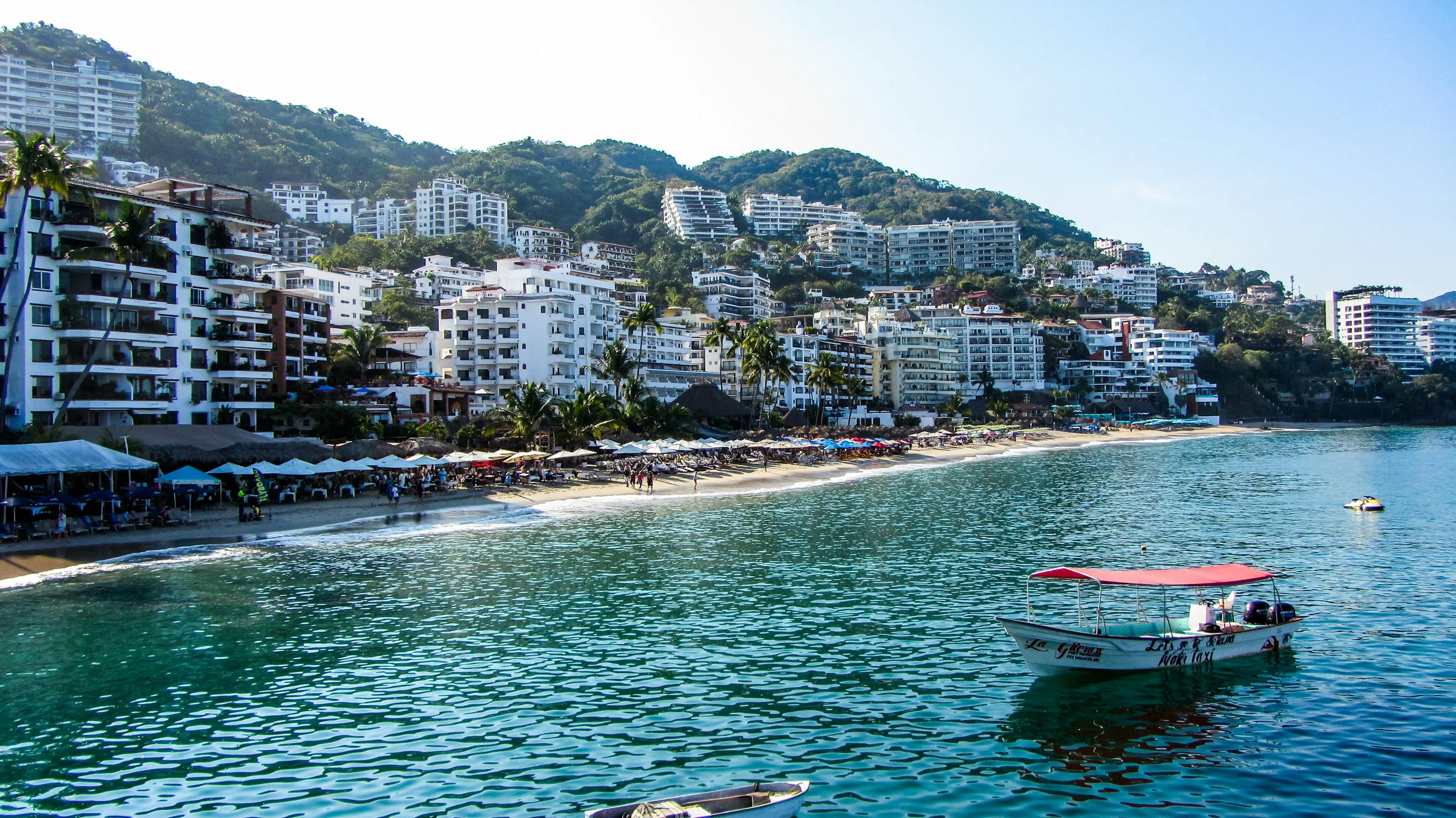By Wendy Justice
Even if you’ve never traveled to Mexico for medical or dental care, you likely know someone who has. It’s one of the world’s most popular medical tourism destinations; over 40% of medical and dental tourism trips worldwide are to Mexico. As many as 3 million people from around the world came to Mexico for medical or dental care in 2020, and another 780,000 residents from the U.S. alone are projected to receive treatment in 2023. These medical tourists are taking advantage of substantially lower costs and often have a better patient experience than they would get back home.
Many doctors and dentists in Mexico received all, or at least part of their training in the U.S., and many doctors licensed in the U.S. have received all or part of their training in Mexico. You’ll have no difficulty finding English-speaking providers in areas popular with tourists or expats.
Whether you’re in Mexico as a medical tourist or living here as a full or part-time expat, you can rest easy knowing that the majority of local healthcare facilities are accredited.
Get Your Free Mexico Report Today!
Get Your Free Mexico Report Today!
Learn more about Mexico and other countries in our daily postcard e-letter. Simply enter your email address below and we’ll send you a free special report – Mexico: The Perfect Close-to-Home Retirement Haven.

By submitting your email address, you will receive a free subscription to IL Postcards and special offers from International Living and our affiliates. You can unsubscribe at any time, and we encourage you to read more about our Privacy Policy.
The Healthcare System in Mexico
Healthcare costs average at least 50% lower in Mexico compared to the U.S. Mexico’s healthcare is less expensive and an easier system to navigate. Long waits to see a doctor or dentist are rare, results from tests are often given directly to the patient on the same day, and many medications are sold over the counter, with made-in-Mexico drugs costing less than half the price of their U.S. equivalents.
Anyone can see a doctor or a dentist in Mexico, or be admitted to a hospital, though you’ll be expected to pay for the services in full at the time that you receive the care unless the hospital or clinic already has an agreement from your insurer.
All cities and mid-size towns have at least one full-service hospital, and some clinics—even small towns will have a clinic or two.
Insurance
Mexico’s national healthcare system offers two primary choices: IMSS and INSABI.
The IMSS system (Instituto Mexicano del Seguro Social) is a part of the national Social Security program and was designed for employees, though expats who are either temporary or permanent legal residents can also apply. You may begin your application online or by visiting a local IMSS office in your community.
Premiums depend on age. For those aged 50 to 59, IMSS currently costs about $63 per month per person. For people 60 to 69, it is $89 per month, and 70 to 79-year-olds pay $93 per month. Nearly all treatments, including medications, are provided free of charge once you’ve paid your premium.
IMSS excludes many pre-existing conditions which might prevent participation in the program or require waiting periods before treatment would be covered. Fortunately, there’s another option—the Instituto del Salud para el Bienestar, or INSABI program. The free INSABI healthcare plan was established for people with pre-existing conditions and those who are not able to participate in IMSS for financial reasons, thereby ensuring medical coverage for all legal residents. INSABI accepts anyone not enrolled in IMSS and provides care for the unemployed and chronically ill. As is the case with IMSS, expats who hold either permanent or temporary residency may seek treatment.
There’s no need to sign up in advance under the INSABI plan; show up at any INSABI hospital and present your residence card, your CURP (a unique number that the Mexican government gives to all citizens and legal residents), and a compromante (a utility bill or other proof of your address in Mexico).
Whether you choose IMSS or INSABI, it helps to know Spanish or bring someone who does.
Having private insurance is also an option. You can go to any hospital of your choice—and Mexico has some excellent private hospitals. Keep in mind, though, if your private insurance is based out of the U.S. or another country, your benefits may be limited. The same is true for Medicare and Medicare Advantage policies.
Quality of Care
All public and private healthcare organizations in Mexico are overseen by the Consejo de Salubridad General (General Health Council of Mexico), who ensure that all facilities keep in line with international standards of care. The Sistema Nacional de Certificación de Establecimientos de Atención Médica (National Certification System of Health Care Facilities) operates independently alongside the Joint Commission International (JCI). The JCI is considered the “gold standard” in healthcare accreditation, and works alongside medical organizations to improve the quality of care, patient rights, safety, and other criteria.
Mexico has eight JCI-accredited hospitals in addition to those that have received accreditation through the General Health Council. The JCI-accredited hospitals are Galenia Hospital and Hospital Amerimed, both in Cancun, Centro Medico de Cozumel in Cozumel, Hospital BC and the Obesity Control Center, both in Tijuana. Hospital Médica Sur is in Tlalpan, a southern suburb of Mexico City, and the American British Cowdray Medical Center IAP has two accredited campuses in Mexico City.
Other highly-regarded private hospitals with branches throughout the country include Star Médica, Hospital H+, and Hospital Angeles.
Popular Treatments
Foreigners come to Mexico for a variety of medical and dental concerns, certainly for the low prices, but also for the ease of navigating the system, along with the high standard of care. The savings from most medical procedures performed in Mexico range from 36% to 89% as compared to those in the U.S. While estimates do range, it’s generally significantly cheaper to get medical procedures done in Mexico. For example, I recently had a surgery on my knee, which cost $2200. In the U.S., the same surgery would have cost me around $18,000!
High-quality, low-cost dental care is one of the most popular health services foreigners use. The small town of Los Algodones, just south of Yuma, Arizona, is known as Molar City, due to having more than 350 dentists—an amazing number given its total population is less than 6,000. Los Algodones dentists treat mostly people from the U.S. and from Canada. Though you’ll find the greatest concentration of dentists near the U.S. border, there are thousands of clean and well-equipped clinics with qualified dentists practicing throughout Mexico.
In Mexico, a dental implant with a crown costs on average $1,650, compared to $4,000 or more in the U.S. Root canal surgery costs between $600 and $1,600 in the U.S., while that same procedure in Mexico will set you back merely $200 to $300. Check-ups are often free and almost never exceed $50—throw in an additional $35 for a tooth cleaning. In the U.S., a check-up and cleaning would cost around $150.
Medical procedures in Mexico offer substantial discounts compared to the U.S. In some cases, the cost of having a procedure done in Mexico will be less than the co-pay in the United States.
Cardiac bypass surgery that would run $144,000 in the U.S. costs just $27,000 in Mexico. Gastric band surgery for weight loss, $24,000 in the U.S. would set you back only about $9,500 in Mexico. A facelift that costs $11,000 in the U.S. costs around $4,250 in Mexico, and cataract surgery, which costs about $3,500 per eye in the U.S., is only around $2,100 in Mexico. Of course, prices and quality vary throughout the country, so talk to other expats and read the online reviews to make sure that you’re picking the right clinic for your needs.
Availability of Medications
Most medications are available in Mexico, and the majority of them do not require a prescription from a physician. The few exceptions include controlled substances (narcotics and anxiolytics such as Valium or Xanax, for example) and antibiotics. Those medications are available in Mexico, but you must first get a prescription.
The cost of prescription drugs, especially those manufactured in Mexico, are 30% to 60% less than costs for those same medications made in the U.S. Even most prescription drugs imported from the U.S. cost less in Mexico.
Seeing a doctor rarely requires a wait, but if all you need is a prescription, many pharmacies have consultorios—a consulting physician who can write a prescription on-the-spot for less than $3. If you also need medical advice, though, it’s best to go to a clinic or hospital. Many physicians who work at consultorios only speak Spanish. If you’re not bilingual, you’ll still probably be able to communicate adequately by using Google Translate or a similar translation program.
Emergency Services
Medical care is available no matter what time of the day or night in any sizable town or city in Mexico. Most hospitals are open 24 hours a day and have emergency rooms and ambulance services. Ambulances, especially in cities and in tourist areas, are fully equipped to handle any emergencies that might occur during transport. Taxis are also a common means of transportation, and can often provide faster, cheaper service to the hospital than calling an ambulance. The emergency number is 911, the same as in the U.S.
Conclusion
When you take advantage of healthcare services in Mexico, the savings can be so significant that you can often afford a vacation with the money you save. The system is easy to navigate, hospitals are equipped to handle anything from the simplest to the most complex procedures, and expertly trained specialists are ready to provide an excellent quality of care. You’re saving money without sacrificing quality.
When searching for a Mexican healthcare provider, Doctoralia is a helpful website. They have listings for providers throughout Mexico, along with reviews from current and past patients. You can search by location, specialty, and even search for professionals who speak English. Medical Tourism Mexico has a similar website with links to thousands of healthcare providers, listing their profiles and experience.
Google and Google Maps are another good source for finding healthcare and health providers near where you are staying and the reviews give you a sense of how their services are rated by other individuals.
Finally, take a look at the expat groups on Facebook in the area where you’re considering receiving care. This is a frequently discussed topic and the groups are a good source for finding well-regarded providers (and just about anything else).
Many companies offer medical tourism packages to various popular destinations in Mexico. They act as a liaison between the patient and the facility, and can get everything set up—transportation, transfers, lodging, the medical procedure, and even some tours around the area during recovery. A search for medical tourism packages in Mexico brings up listings for many of these providers. Examples include My Medical Vacations, which offers complete packages for medical vacations in Cancun, and Top Plastic Surgeons Mexico, which facilitates cosmetic surgeries at top-end hospitals throughout the country.
Get Your Free Mexico Report Today!
Get Your Free Mexico Report Today!
Learn more about Mexico and other countries in our daily postcard e-letter. Simply enter your email address below and we’ll send you a free special report – Mexico: The Perfect Close-to-Home Retirement Haven.

By submitting your email address, you will receive a free subscription to IL Postcards and special offers from International Living and our affiliates. You can unsubscribe at any time, and we encourage you to read more about our Privacy Policy.














